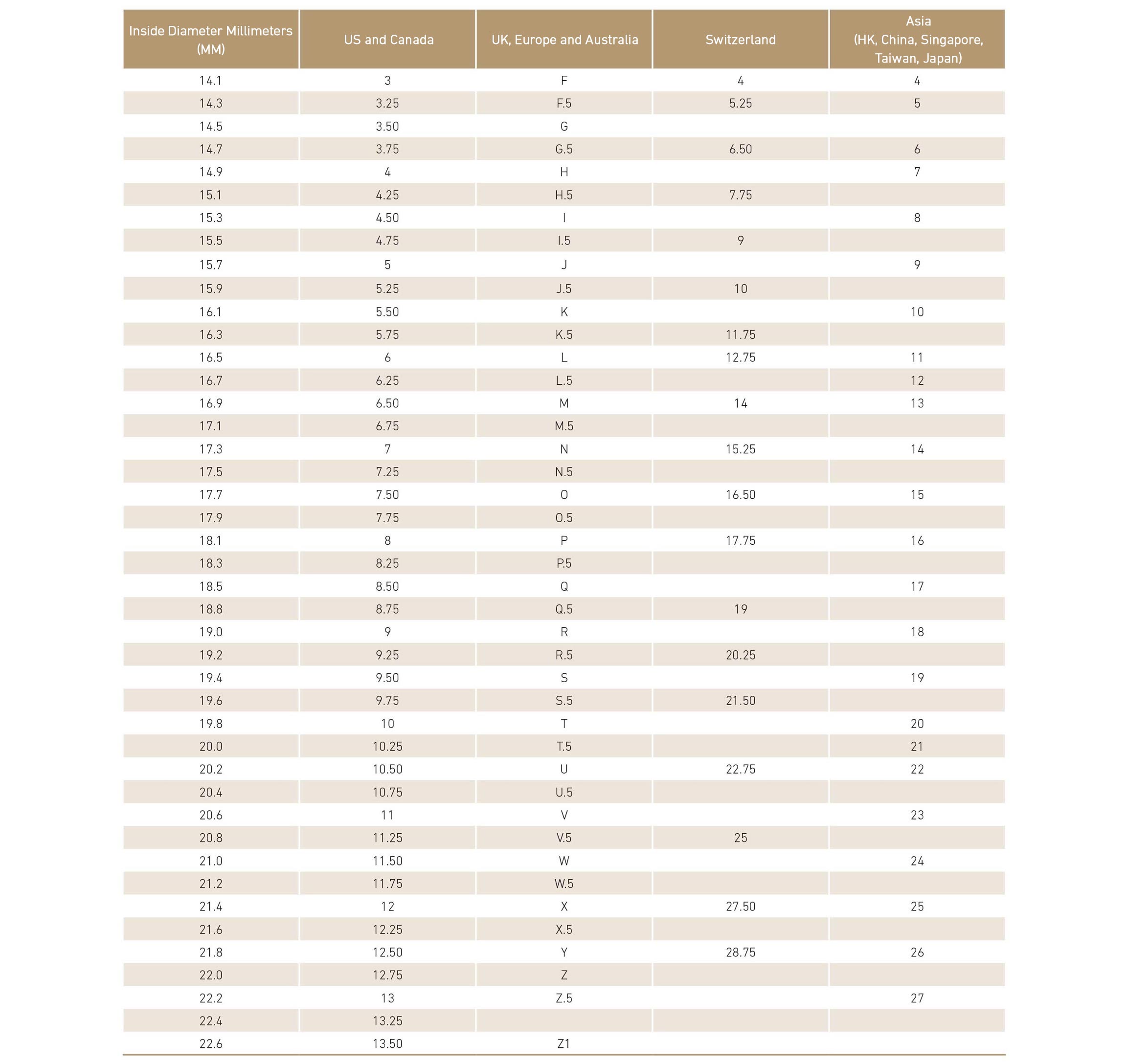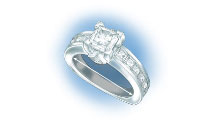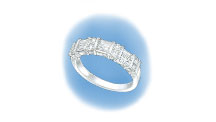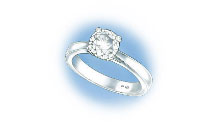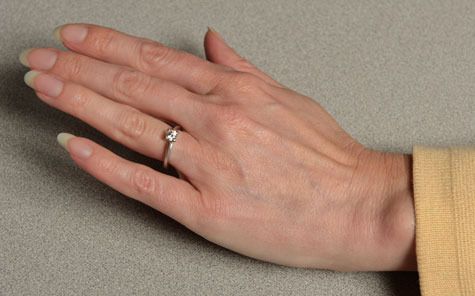
Considerations for Taking Accurate Measurements of a Finger or Ring

Tools to Determine Finger or Ring-Size Measurements
Tools that are used for accurately measuring finger or ring size

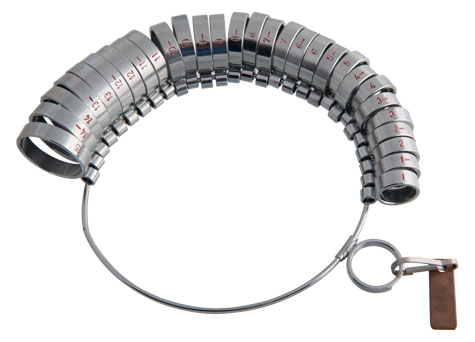


Potential Problems and Engineering Features
Avoiding problems by using the right tools and techniques to measure ring and finger size.
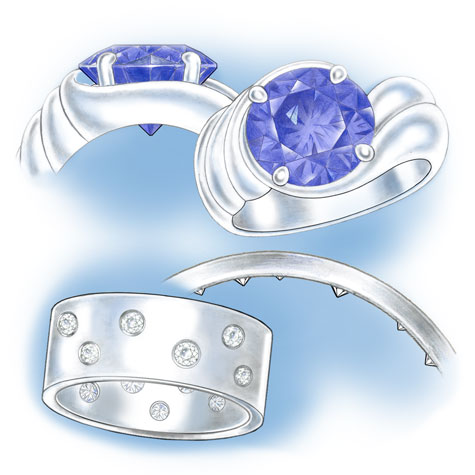
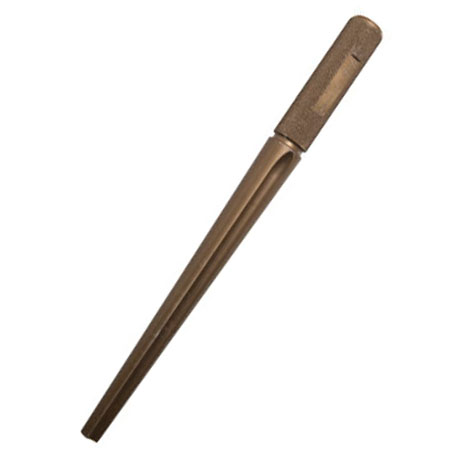
Measuring Finger Size
Techniques to Measure Finger Size
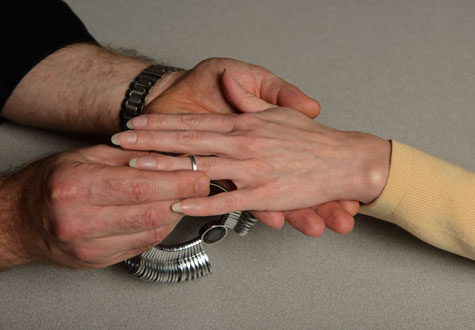
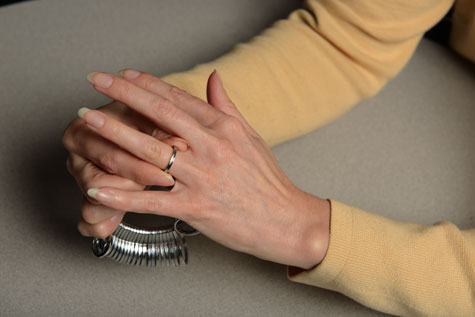
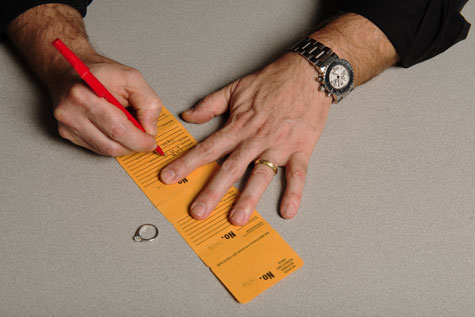
Best Practices for Determining Accurate Ring Sizes
Techniques and Tools to Measure Ring Sizes
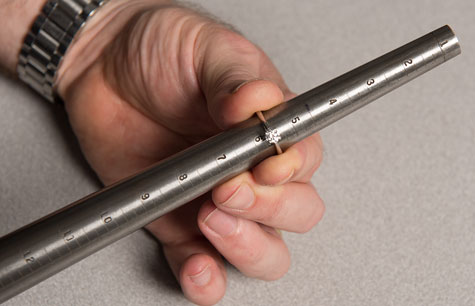
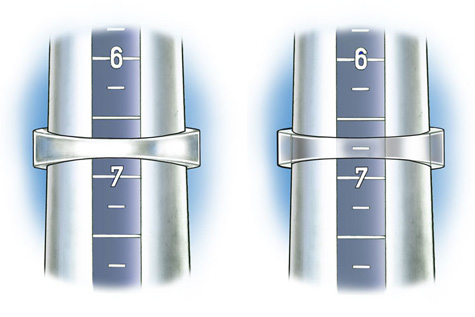
Standard Rings of Even Width
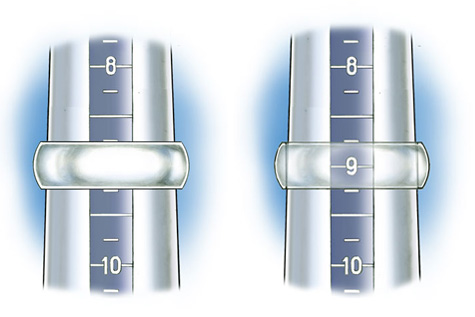
Tapered Rings
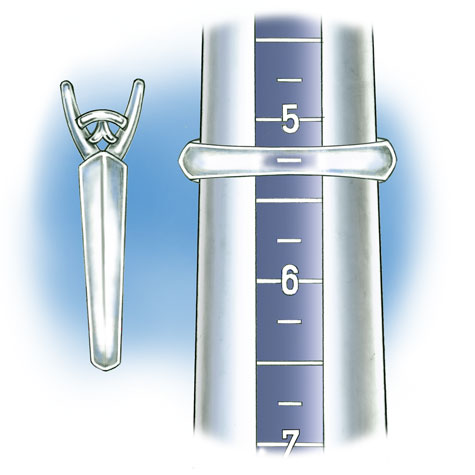
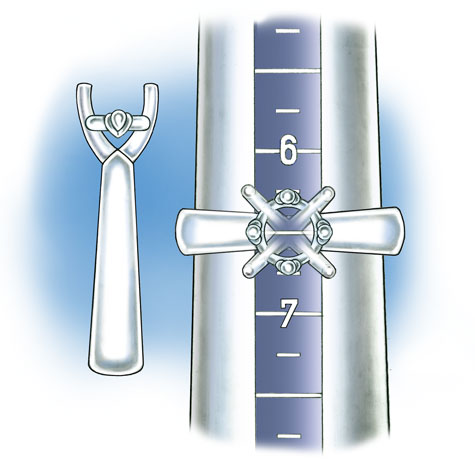
Wide Rings and Bands
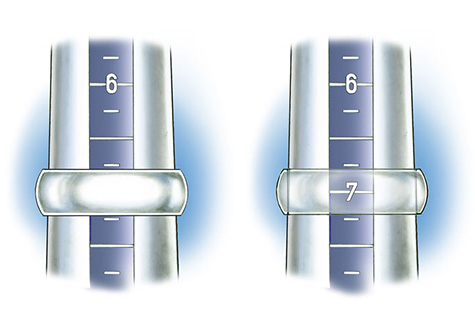
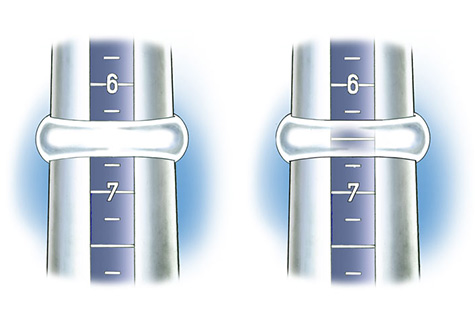
Bridal Sets
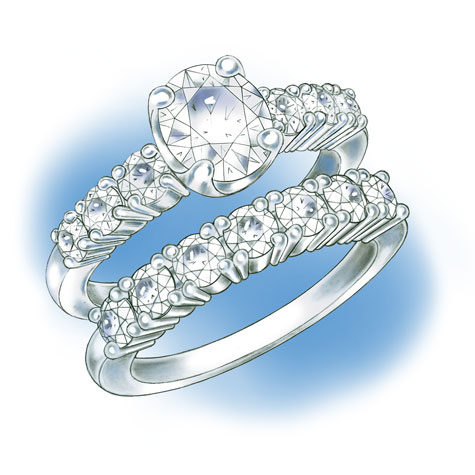
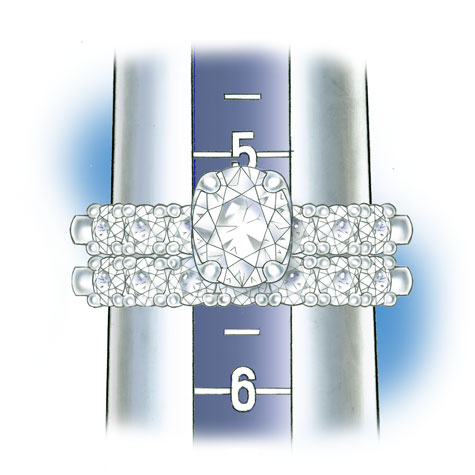
Convex Interior – Rings or Bands
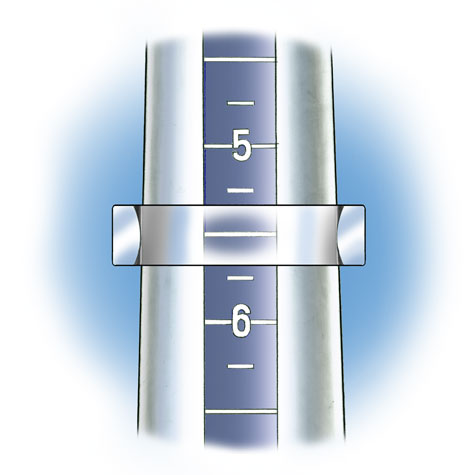
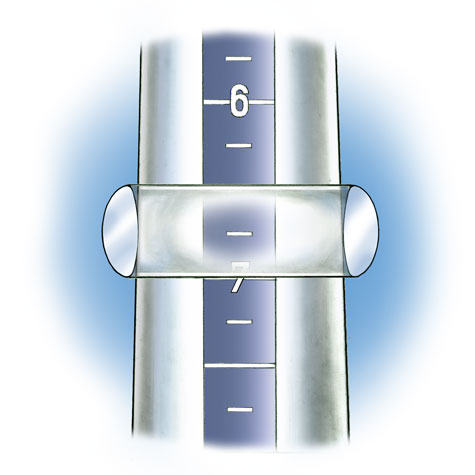
Rings with Open Space Above the Finger
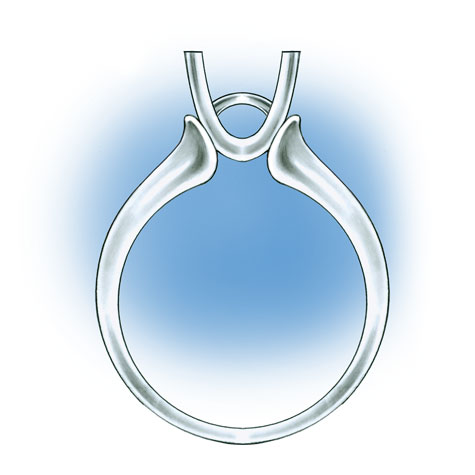
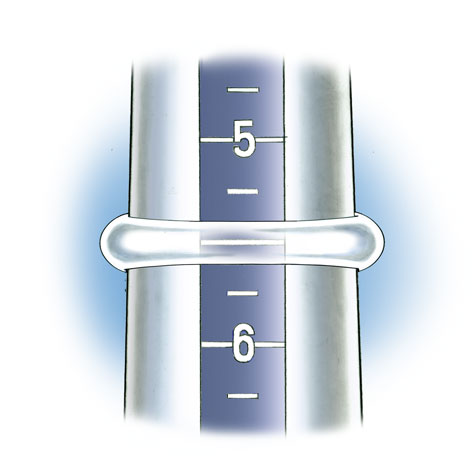
Special Circumstances
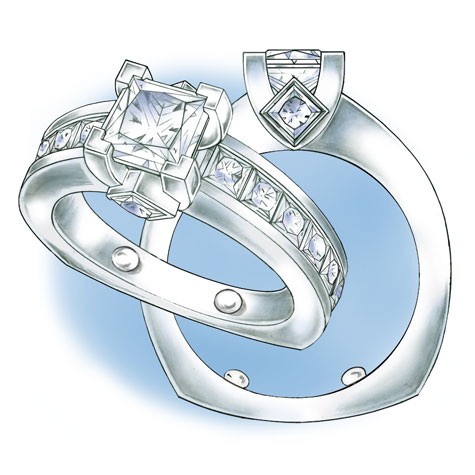
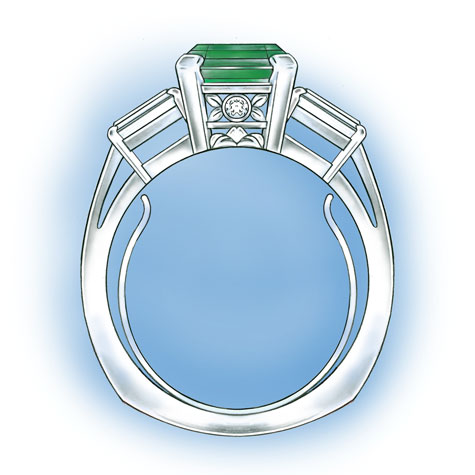
International Ring Size Chart
Another way to measure a ring is to take a measurement of the inside and determine the finger size from a standard chart. The inside of the ring must be perfectly round for this to work.
